7 very unusual 20th century avant-garde buildings in Moscow
1. Kauchuk Factory’s Culture House
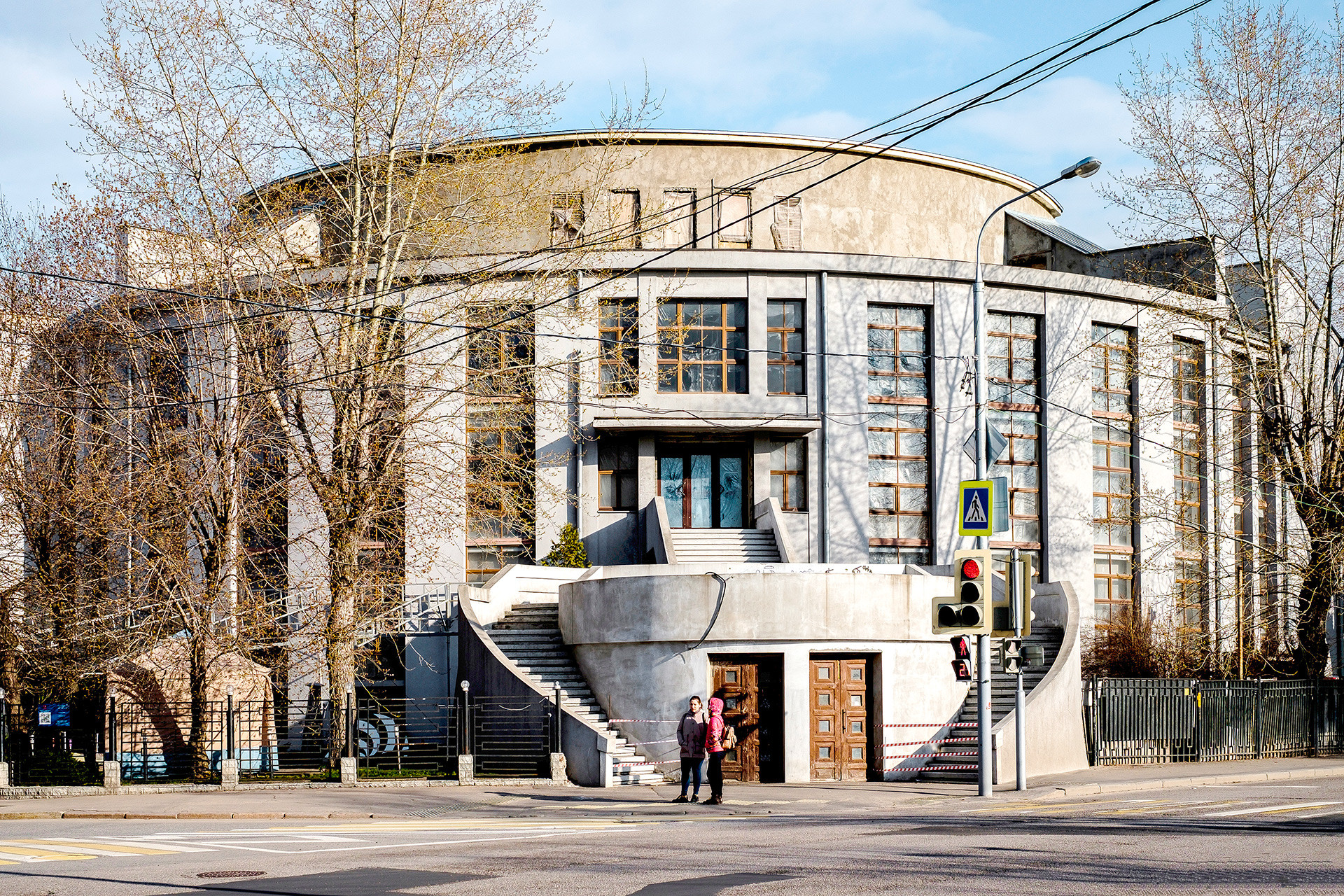
Kauchuk Factory’s Culture House.
Legion MediaSoviet constructivism in the 1920s and 1930s gave Moscow a few impressive buildings, such as this one at 64 Plyushchikha Street. Finished in 1929, the culture house of the Kauchuk Chemical Factory was designed to look like a model of a chemical compound, with a cylindrical form for the entrance hall, and a quarter of a cylinder for the main hall and rectangular lateral wings.
Technology lagged behind architectural innovation, however, and not all the ideas by the constructivist architectural genius, Konstantin Melnikov, were realized. He originally devised a way to move walls in order to help increase the size of the main hall, but errors in the early stages of construction made that impossible.
2. Rusakov Workers’ Club
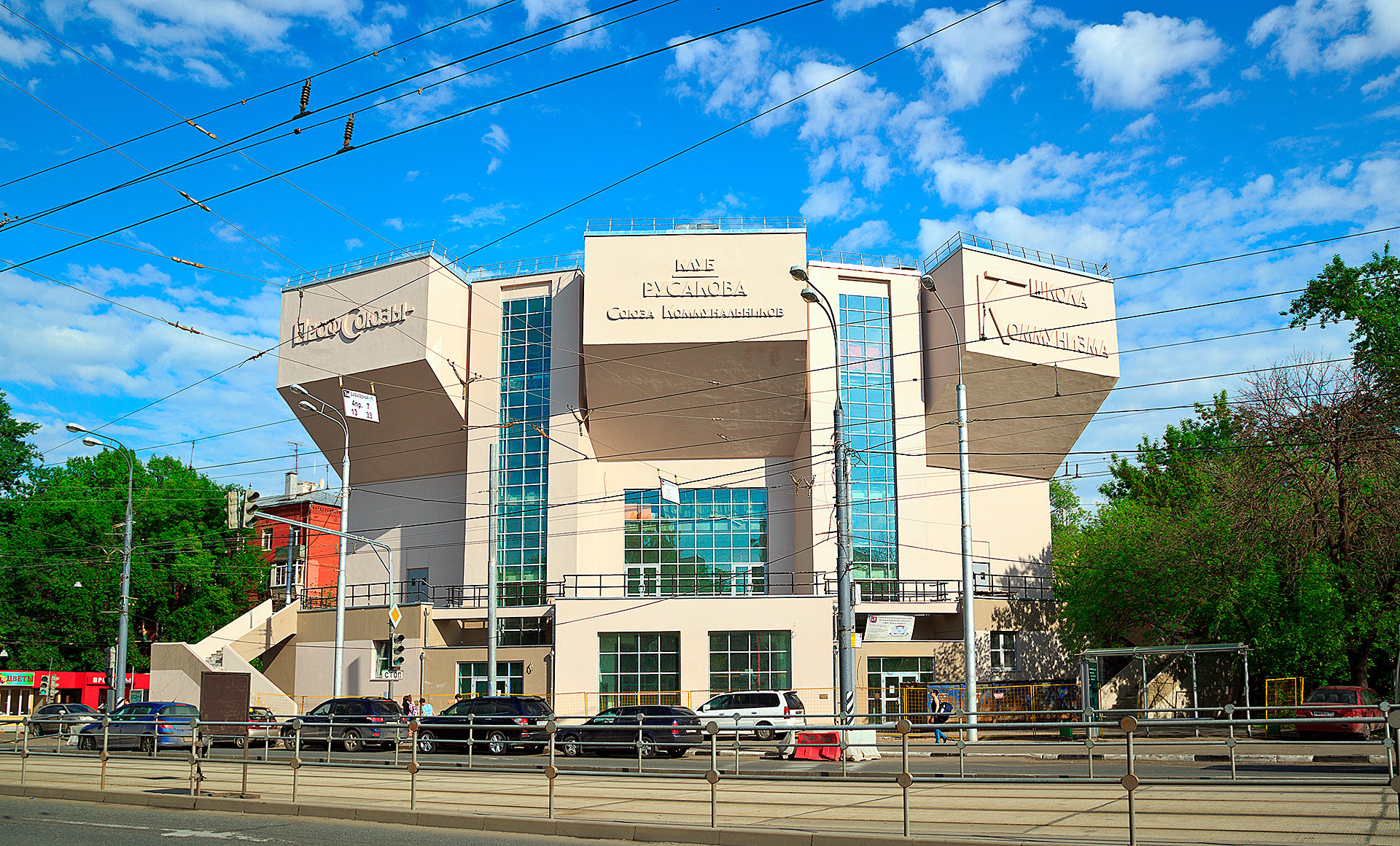
Rusakov Workers’ Club.
Legion MediaAnother example of Melnikov's constructivism has the appearance of a huge gear wheel with three teeth. Built in the Sokolniki neighborhood as a club for workers at a nearby tram park, it was named in honor of the Bolshevik revolutionary, Ivan Rusakov. The "teeth" hanging over the ground host balconies in the main hall. Located at 6 Stromyanka Street, the club’s building was recently restored and is now home to the Roman Viktyuk Theater.
3. 'Tracery Building'
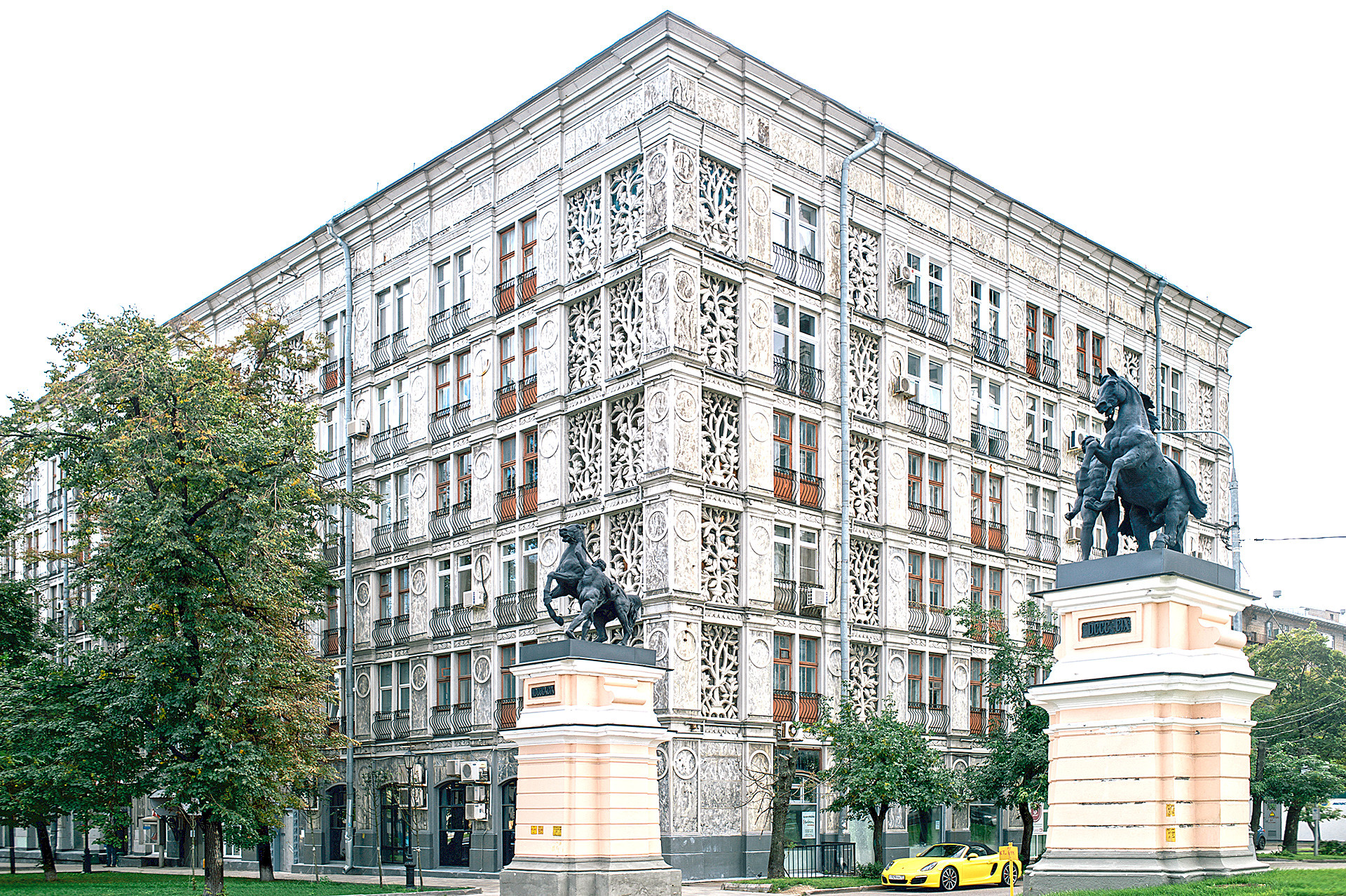
“Tracery Building.”
Elena Butko /WikipediaIf the idea for this six-story experimental apartment building at 25 Leningradsky Prospect had been realized on a massive scale, Moscow’s neighborhoods would look much more interesting. But Azhurny Dom, "the Tracery Building," designed as a typical residential building for Soviet citizens and completed in 1941, just as the Soviet Union entered World War II, remained only an experiment.
The main feature is the building’s decorative gates designed by Vladimir Favorsky, and bearing references to the Renaissance style. However, they also had a practical use of concealing less attractive elements of the building’s frame.
4. 'Centipede'
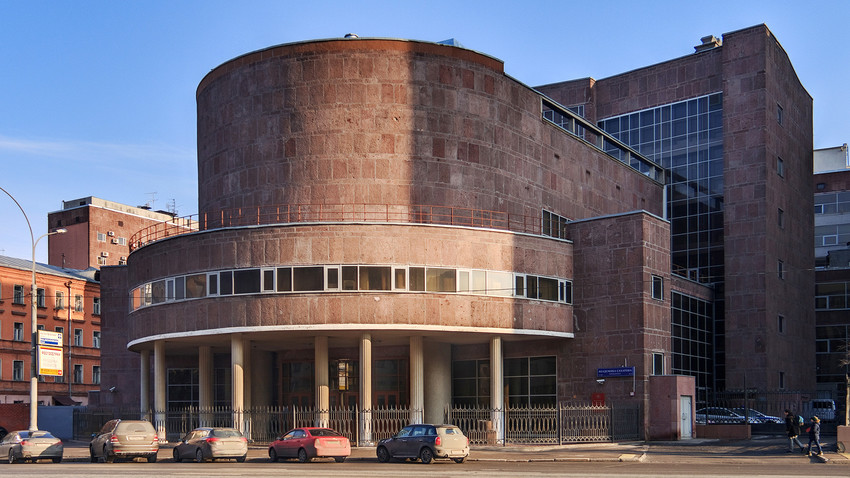
The former Consumers' Cooperative Center building.
Ludvig14/WikipediaThe former Consumers' Cooperative Center building at 39 Myasnitskaya Street dates back to the 1930s and is the only existing structure in the former USSR that was designed by the renowned French architect, Le Corbusier. Among Muscovites, the building is known by the nickname, "Sorokonozhka" (Centipede), because its supports look similar to a centipede's legs.
In 1928, Le Corbusier won the international architectural competition to design the building that would be the headquarters of the USSR’s trade unions. The design was completed a year later, but the building was only finished in 1936 due to a shortage of building materials.
Although it looks rather standard these days, back in the 1930s the building on "legs" and with one wall made exclusively of glass, looked highly innovative. In later decades, a few more ‘centipede’ buildings were erected in Moscow, of which the best known are near the VDNKh metro station and on Begovaya Street.
5. 'The Ship Building'
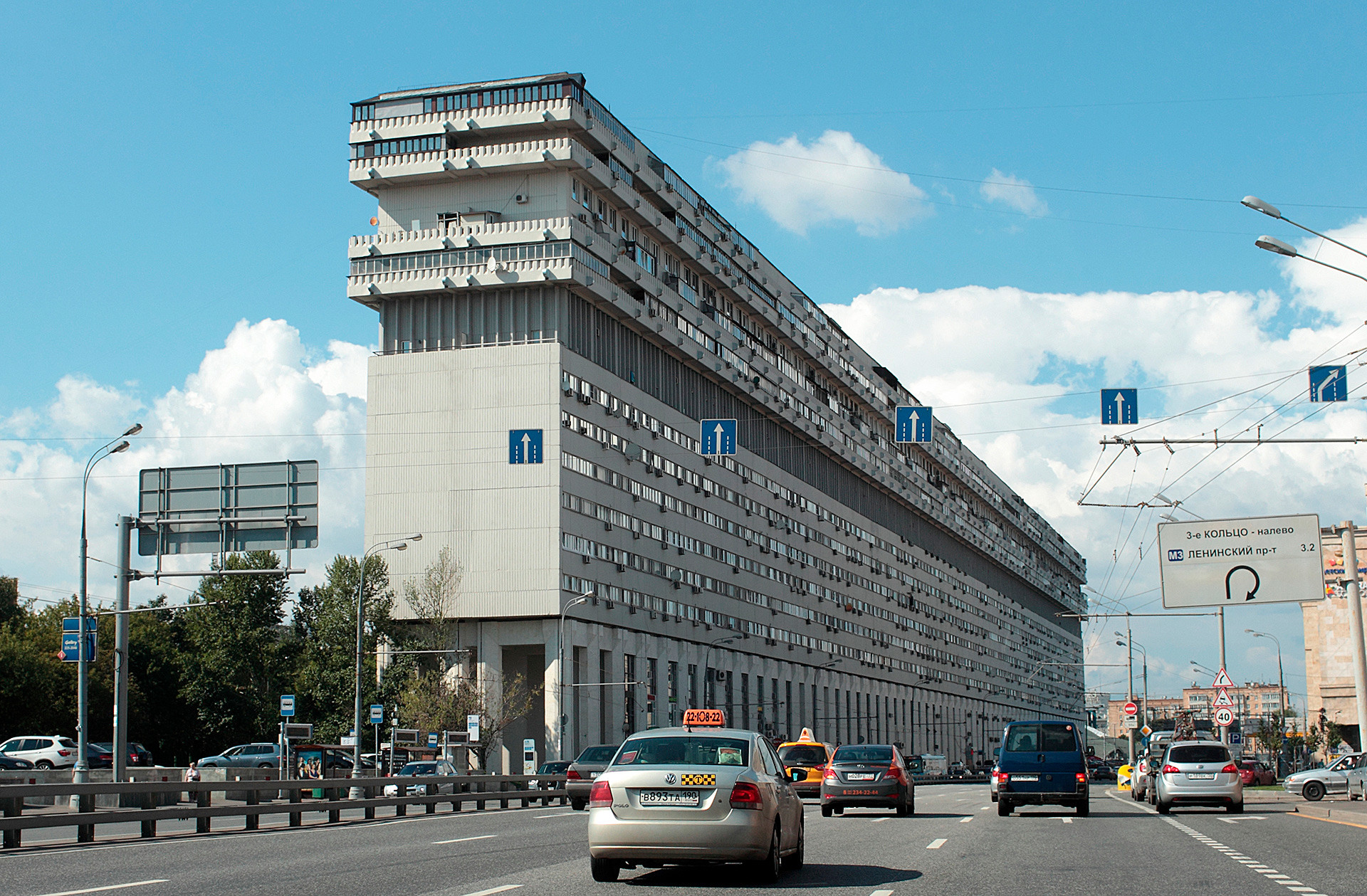
"The Ship Building."
Legion MediaNicknamed Dom Korabl ("The Ship Building"), or Titanic, this huge structure at 2 Bolshaya Tulskaya Street is probably one of Moscow’s largest apartment buildings dating from Soviet times. Completed in 1980, the massive grey 14-story, 980-apartment block stretches 400 meters along the street; simultaneously impressive, ugly and intimidating.
Taking a decade to complete, the building stood out among the much smaller nearby structures, looking like a cruise liner navigating the ocean; hence, the nickname. Rumor has it that the building, designed by nuclear power station architects, was made to survive an atomic bomb blast. According to another rumor, it has unused rooms that have windows but are not accessible.
6. 'Flat Building'
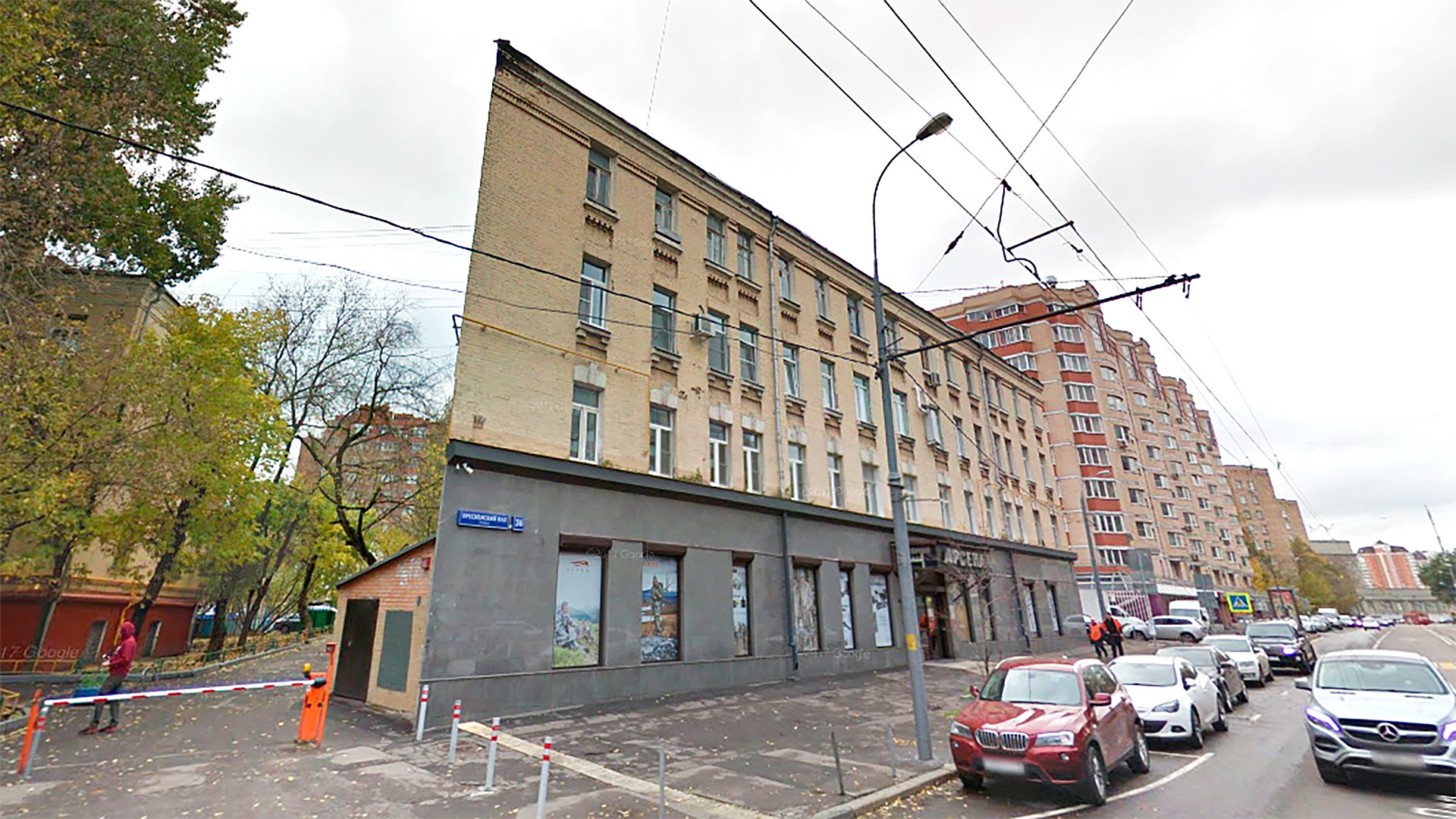
“Flat Building.”
Google MapsFrom certain angles, this 1910 wedge-shaped residential building located at 36 Presnensky Val looks
7. Gosplan Garage
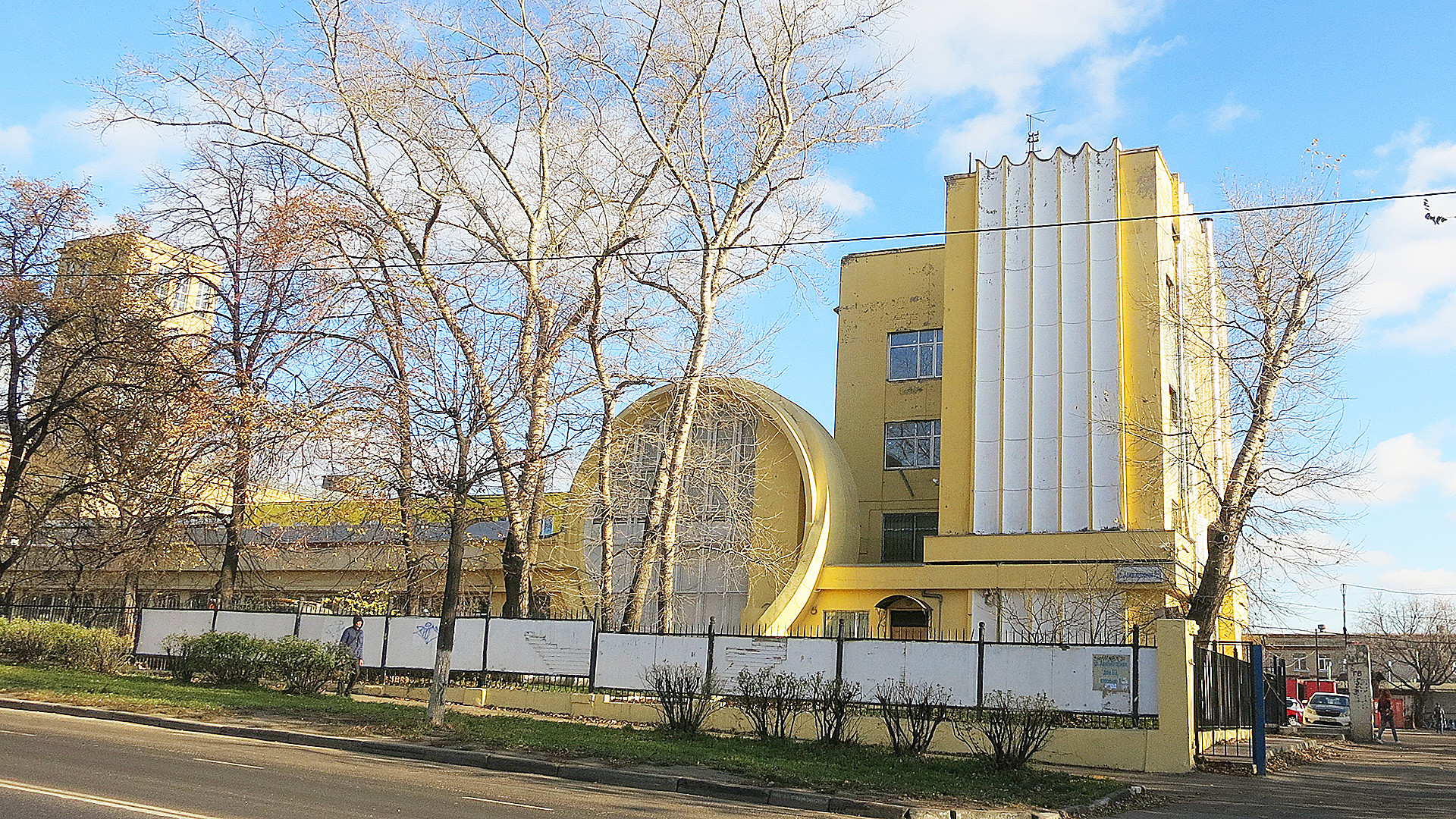
Gosplan Barage
Valbaro/WikipediaKonstantin Melnikov didn't avoid purely utilitarian structures, such as garages. His best-known project is Bakhmetyevsky Bus Garage, which gave its name to the Garage Contemporary Art Center, which was located in the building until 2011.
This former garage of the Soviet planning agency, Gosplan, at 63 Aviamotornaya Street 63, is remarkable for its avant-garde design that was once unthinkable for an industrial building – such as a huge round window. Currently, the building sticks out in the surrounding bland industrial zone, which houses a power company.
If using any of Russia Beyond's content, partly or in full, always provide an active hyperlink to the original material.
Subscribe
to our newsletter!
Get the week's best stories straight to your inbox